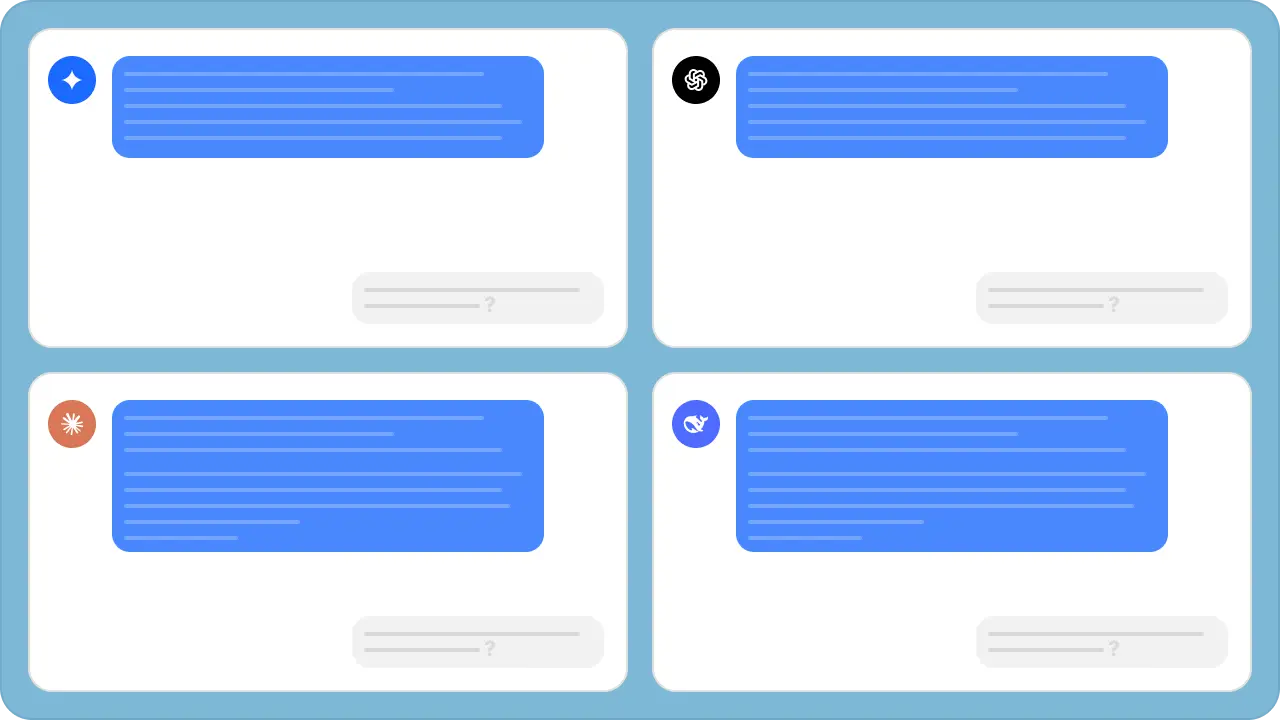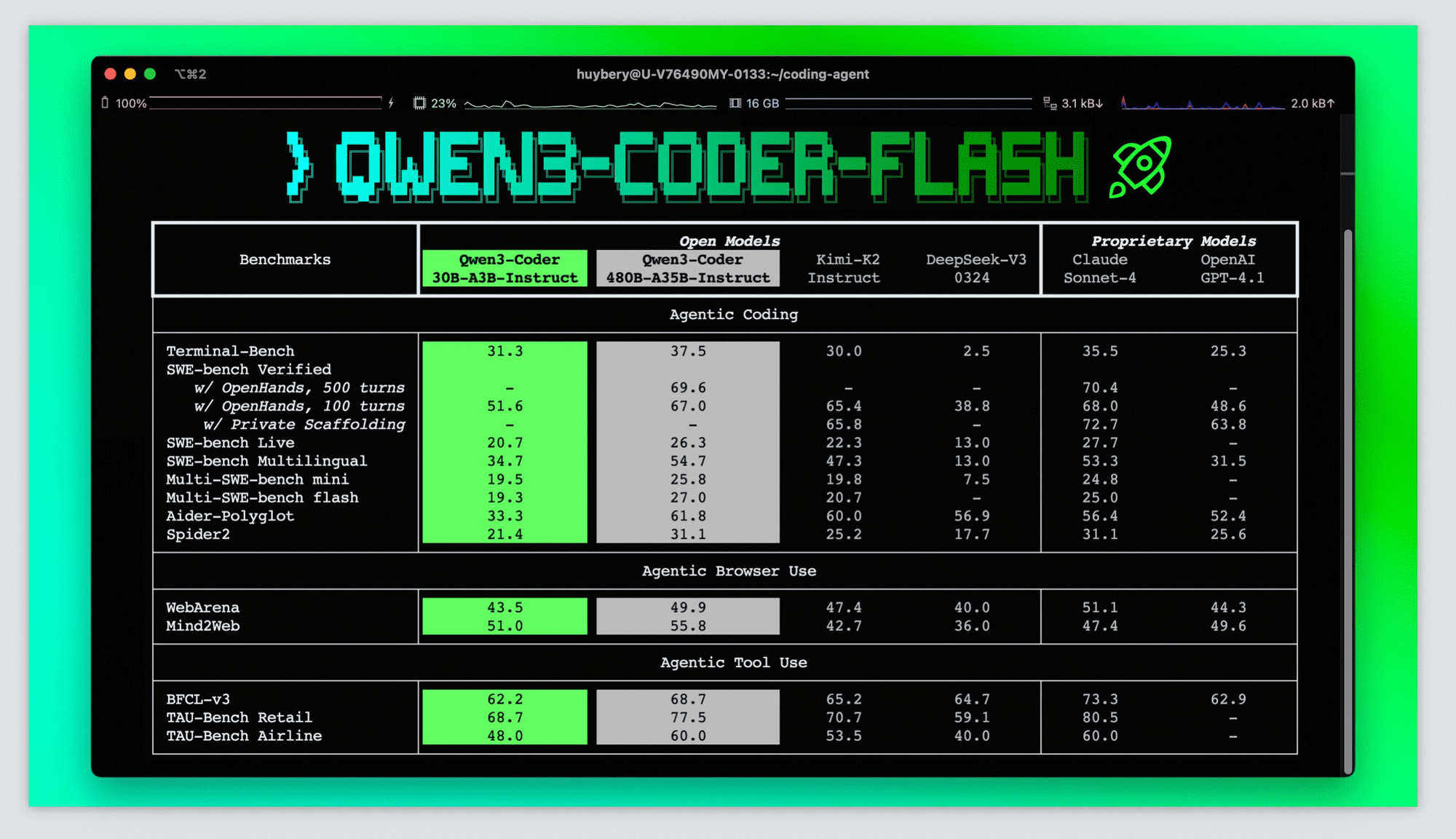The quality of output you get from Generative AI tools heavily depends on the instructions, or prompts, you provide. When you enter a prompt, the AI model interprets your input and generates a response based on its training data. Crafting more descriptive and well-structured prompts, including clear AI prompt examples, can significantly enhance the quality and relevance of the results. This guide explores effective techniques to help you generate better prompts and unlock the full potential of AI. Remember to always critically review AI-generated content, as it can sometimes be inaccurate, misleading, or fabricated.

A whimsical, sketchy illustration of a friendly AI robot prompting a person at a desk to think more creatively.
Why Effective AI Prompts Matter
Vague prompts lead to generic or unhelpful AI responses. The more context and clarity you provide, the better the AI can understand your specific needs and generate a tailored output. Learning to structure your prompts effectively saves time, reduces iterations, and ultimately leads to more useful and accurate results, whether you’re drafting content, analyzing data, or generating creative ideas. Mastering prompt techniques transforms AI from a novelty into a powerful productivity tool.
Key Techniques for Crafting Powerful AI Prompts
Improving your interaction with AI often involves adopting specific strategies. Here are proven techniques, illustrated with examples, to elevate your prompting skills.
Be Specific: From Vague Ideas to Clear Instructions
Generic prompts yield generic outcomes. Instead of “Write a story,” specify the details.
- Vague:
Write a story. - Specific:
Write a 500-word science fiction story for young adults about a robot discovering music on a deserted Earth. The tone should be hopeful yet mysterious.
Specificity also minimizes inaccuracies. Asking “Best restaurant in Cambridge?” might give UK results.
- Less Specific:
What is the best restaurant in Cambridge? - More Specific:
What are the top-rated Italian restaurants in Cambridge, Massachusetts, within a 1-mile radius of Harvard Square, suitable for a casual dinner?
Assign a Role: Using the “Act As If” Technique
Instructing the AI to adopt a specific persona or role focuses its response style and knowledge base. This is a simple yet effective way to tailor outputs.
- Without Role:
Create a recipe using chicken, tomatoes, and rice. - With Role:
Act as a professional chef specializing in quick weeknight meals. Create a simple recipe using chicken thighs, canned diced tomatoes, and white rice that takes under 30 minutes to prepare.
Define the Output Format
Generative AI can produce content in various formats like code, summaries, dialogue, reports, or lists. Clearly stating your desired format prevents unexpected results.
- Implied Format:
Explain the benefits of solar power. - Specific Format:
Present the key benefits of solar power for homeowners in a bulleted list. - Another Format:
Write a short dialogue between two neighbors discussing the pros and cons of installing solar panels.
Use “Do” and “Don’t” Constraints
Guiding the AI by specifying inclusions and exclusions saves refinement time. Clearly state what elements are mandatory and what should be avoided.
- Basic Request:
Suggest post-workout meal ideas. - With Constraints:
Act as my personal trainer. Create a post-workout recipe focused on muscle recovery. Do include lean protein like grilled chicken or fish, and complex carbohydrates like quinoa or sweet potato. Don't include any dairy products or ingredients with added sugar.
Provide Concrete Examples (Few-Shot Prompting)
Showing the AI an example of the style, tone, or structure you want can significantly improve its output. This is often called “few-shot prompting.” Be mindful of copyright; do not ask the AI to reproduce or closely imitate copyrighted material.
- Instruction Only:
Rewrite this technical sentence in simple terms: "The system leverages synergistic algorithms..." - With Example: `Rewrite the following technical sentence in simple, easy-to-understand language, similar to the example:
- Example: “The machine utilizes multifaceted protocols” becomes “The machine uses several different methods.”
- Sentence to rewrite: “The system leverages synergistic algorithms to optimize data throughput.”`

Abstract digital art generated by AI featuring bold colors and strange, surreal shapes, demonstrating unusual creative AI output.
Graphic explaining the use of providing specific examples within AI prompts to guide the model’s response style.
Specify Tone and Audience
Defining the intended audience and the desired tone (e.g., formal, casual, humorous, serious) ensures the output resonates correctly.
- General Request:
Write a welcome email for new employees. - Specific Tone/Audience:
Draft a welcoming email for new software engineers joining our tech startup. The tone should be enthusiastic, informal, and reflect our collaborative company culture. Mention the onboarding schedule overview.
Iterate and Refine Your Prompts
Your first prompt doesn’t need to be perfect. Start with a basic request and build upon it. Modify the wording, add context, change the tone, or introduce constraints based on the AI’s initial responses. Treat it like a conversation where you gradually guide the AI toward the desired outcome.
Give Feedback and Correct Mistakes
Interact with the AI conversationally. If an output is helpful, say so. If parts are wrong or need improvement, point them out. Correcting the AI’s mistakes in the chat helps it adjust and generate better follow-up responses within that session.
Ask the AI for Prompting Assistance
If you’re unsure how to phrase a prompt effectively, ask the AI itself for help! Describe your goal and ask the AI what information it needs or how you should structure the request.
- Example Meta-Prompt:
I want to write a blog post comparing the top 3 project management software for small businesses. What specific details should I include in my prompt to you to get the best comparison? - You can also add:
Tell me what else you need from me to fulfill this request accurately.to any complex prompt.
Conclusion
Mastering the art of writing effective prompts, rich with detail and clear AI prompt examples, is key to leveraging generative AI successfully. By being specific, assigning roles, defining formats, using constraints, providing examples, considering tone and audience, iterating, and even asking the AI for guidance, you can significantly improve the quality and relevance of AI-generated content. Applying these techniques will help you harness AI tools more effectively for your specific needs.
Explore the diverse range of AI tools available on Sdigi AI Tools to practice these prompting techniques and discover the perfect AI solution for your tasks.







